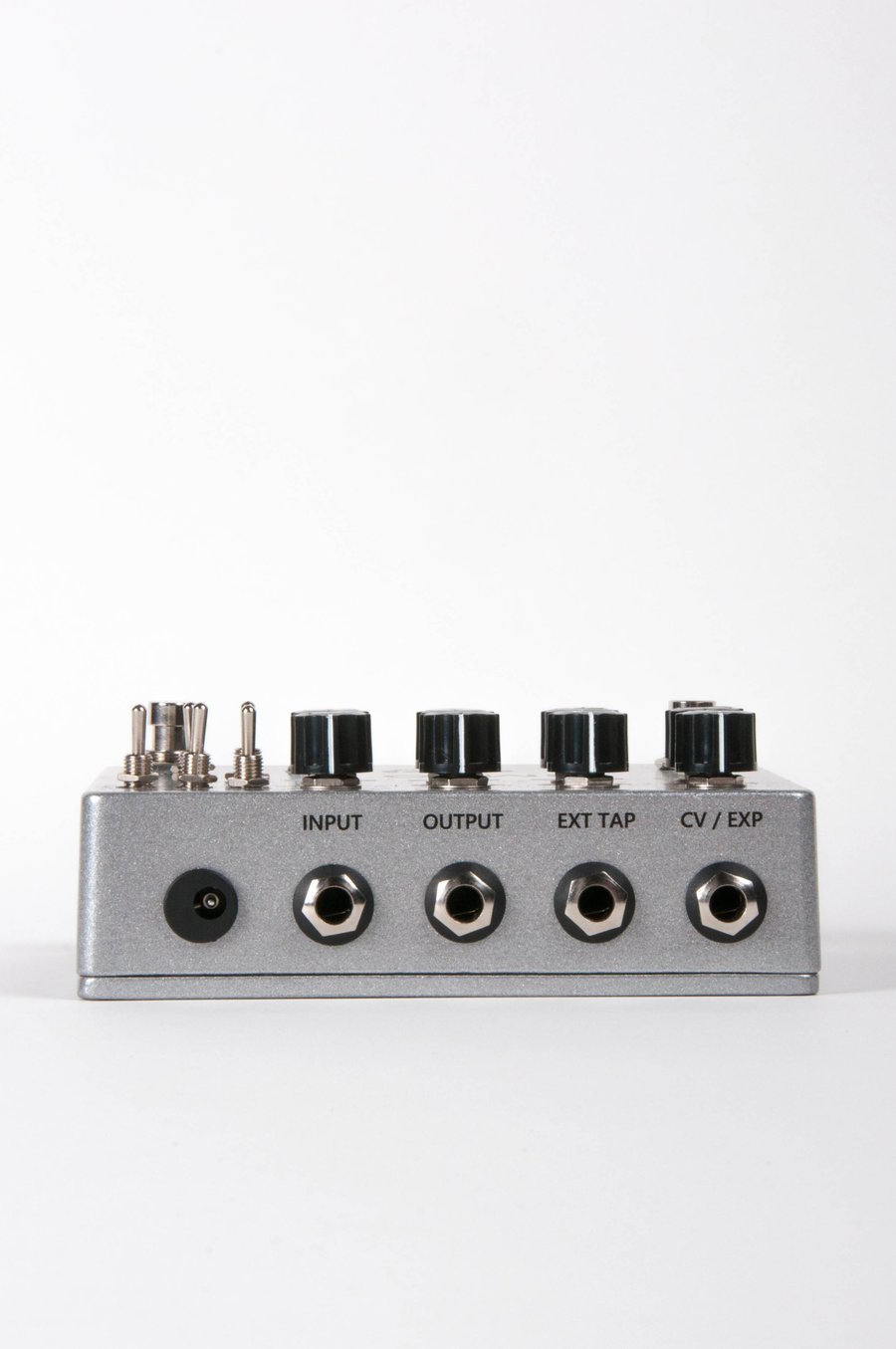
Since this approach obviously was not sustainable, PREPA neglected maintenance and borrowed billions of dollars from foreign creditors simply to continue functioning.

Because it was managed by a government-owned and operated electric company, PREPA, public entities were not charged for their electricity use, and charges were also kept low for commercial and residential users. Long before Maria, the island’s electricity supply was erratic and unreliable. Parts of the island were left without power for months after Hurricane Maria, and despite billions of dollars being spent to restore the grid after that episode, much of the island found itself without power again after Fiona. Like its labour laws, Puerto Rico’s sad history of electricity provision is also quite revealing. Owing to its pervasive, ill-advised economic policies, Puerto Rico ranked 65th (out of 190) in in the World Bank’s 2020 Ease of Doing Business index, below Mexico and Ukraine, and down from 47th in 2015.

These conditions almost certainly contributed to the high rate of out-migration. Consequently, there was a very large informal sector, and full-time employment at the minimum wage was about 77 per cent of per capita income, compared with 28 per cent on the mainland in the middle of the last decade. These measures resulted in a formal labour force participation rate of only about 40 per cent in 2015 (compared with 62 per cent for the US as a whole). Employers have also faced penalties for layoffs after three months of employment (which discourages apprenticeship and training programmes) and provisions for sick leave, holidays, and vacation are all more generous than those on the mainland. While the island is subject to the federal minimum wage, which is already too high for it, given its low per capita income, its own laws set the minimum wage even higher. These natural disasters compounded the effects of gross economic mismanagement, which largely reflects the interaction between US federal policies and Puerto Rico’s own policies.įor example, Puerto Rican labor policies have long granted employees more rights relative to their counterparts on the mainland. The commonwealth was already bankrupt in 2015, before Hurricanes Maria (2017) and Fiona (2022) devastated the island. Its population has shrunk as many have migrated to the mainland. Puerto Rico’s economy has, however, done poorly over the past two decades, and its per capita income is estimated to have fallen by about 12 per cent in real (inflation-adjusted) terms between 20. In 2020, Puerto Rico’s per capita income was $31,430, well below the US average of $69,300 but far above most Latin American countries.
Electric limbo bar free#
US citizenship enables free movement of people to and from the mainland, and the dollar and US law clearly have value.


Puerto Rico’s links with the mainland are important. There are also differences between the mainland and the island when it comes to federal benefit entitlements, income-tax treatment, business regulations, and other measures. The island is subject to federal law, the US dollar is its currency, and Puerto Ricans are US citizens, though they cannot vote in federal elections and do not have a voting representative in Congress. It is a territory (and a commonwealth) with its own constitution, approved by the US Congress. WASHINGTON, DC - Puerto Rico is part of the United States, but it is not a state.


 0 kommentar(er)
0 kommentar(er)
